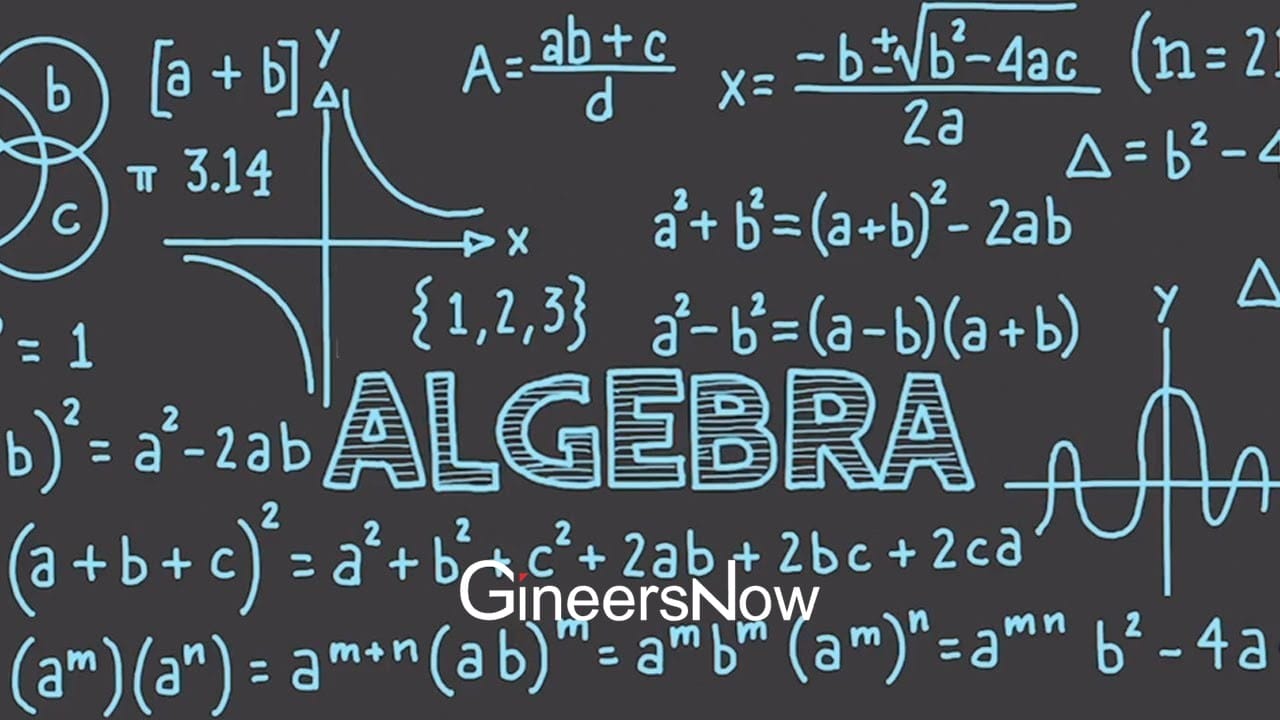A storage warehouse is a vital element of the logistical chain, not only for the fulfillment of orders but also as an integral part of a wider manufacturing process. The health of a supply chain depends on good storage, and the construction industry depends on a functioning supply chain.
For this reason, optimizing warehouse logistics is not only a vital process for performance but cost-saving and longevity. However, it’s important to make certain your approach toward saving never denigrates the capability of your warehouse operations, and certainly not its safety.
In this post, we’ll determine three vital areas of optimization that can help you grow your efficiency without neglecting the smooth functioning of your storage space, no matter what materials or equipment is stored there.

Equipment & Storage Maintenance
That’s right, even a warehouse, which you may consider one of the more “static” environments around, requires maintenance to keep up with the flurry of activity going on within that space daily. This might sound quite ironic, and it is.
For example, having repair services attend to forklift tyres to limit operational downtime can save you a great deal of money in the long run, while also delaying the cost of a full replacement for as long as is suitable. Good maintenance saves you money in the long run, and so it’s a rare business win-win.
Safety Training On Lifting Techniques
Remember that proper lifting techniques are fundamental to preventing physical injuries or strains, which are common in warehouse settings especially if improper equipment or a lack of equipment is present.
Regular training sessions ensure that employees are well-versed in lifting heavy objects correctly, emphasizing the use of leg muscles rather than relying on the back, but also knowing when to ask for help, how to correctly operate forklifts, and how to never rush a job even when on a deadline. This not only reduces the risk of immediate injuries but also promotes long-term employee health, minimizing the likelihood of chronic back issues, and also preventing downtime which causes the need for temp staff and can lead to delayed processes.
A Well-Designed Loading Bay
A well-designed loading bay should accommodate various types of transport, such as trucks and containers, with ample space for maneuvering and passing one another. This can help improve efficiency, reducing waiting times and ensuring a smoother flow of goods in and out of the warehouse. But how do you achieve it? Well, ensuring your bays are clearly marked, having a dedicated team for the retrieval and unloading of goods, having inventory tracking and spot checks immediately on site, and ensuring you have enough room to turn around in your parking space. This should provide your loading bay with the means to continually accept and process deliveries throughout the day, without limiting that development over time.
With this advice, you’ll be certain to optimize those warehouse logistics without cutting down on your daily capabilities.












